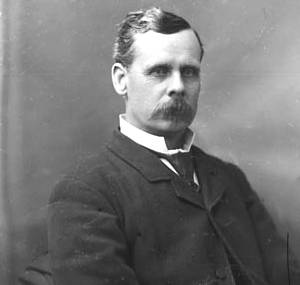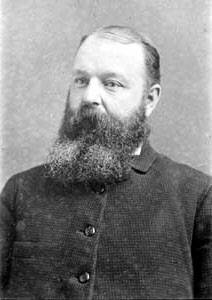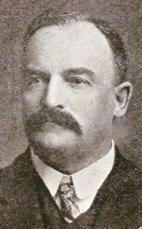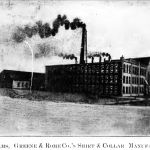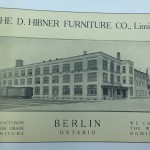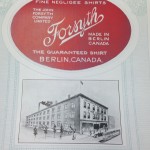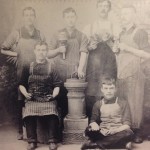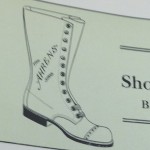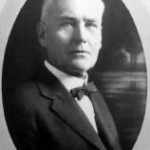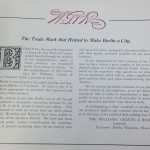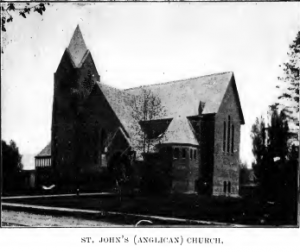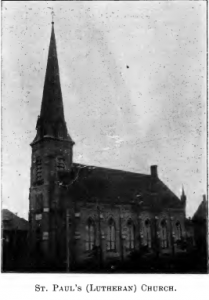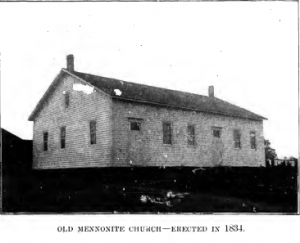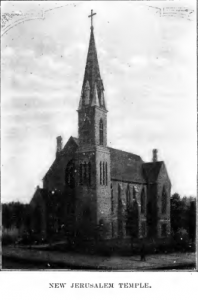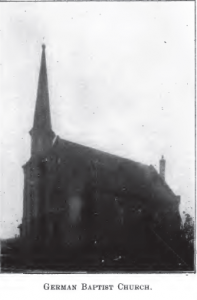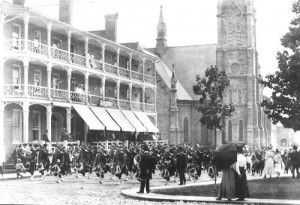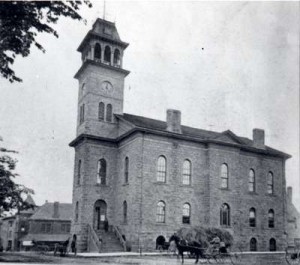James Livingston was born 29 November, 1838, in East Kilbride, Scotland. He immigrated to Canada in 1856, and began farming flax in 1857 in Wellesley. He became wildly successful in the flax industry. In 1877, he had a home built for himself, Castle Kilbride, named after his home town in Scotland, in Baden, Ontario, where he lived until his death in 1920. While successfully farming in Waterloo Region, he pursued a political career simultaneously. He served as the reeve for Wilmot Township between 1878 and 1879. In 1881, he ran for federal politics in the constituency of Waterloo South as a Liberal candidate. He held his federal seat from 1882 until 1900, when he did not seek reelection.
(The Canadian biographical dictionary and portrait gallery of eminent and self-made men : Ontario volume. Toronto: American Biographical Pub. Co., 1880; Castle Kilbride. “What is Castle Kilbride?” http://www.castlekilbride.ca/)
